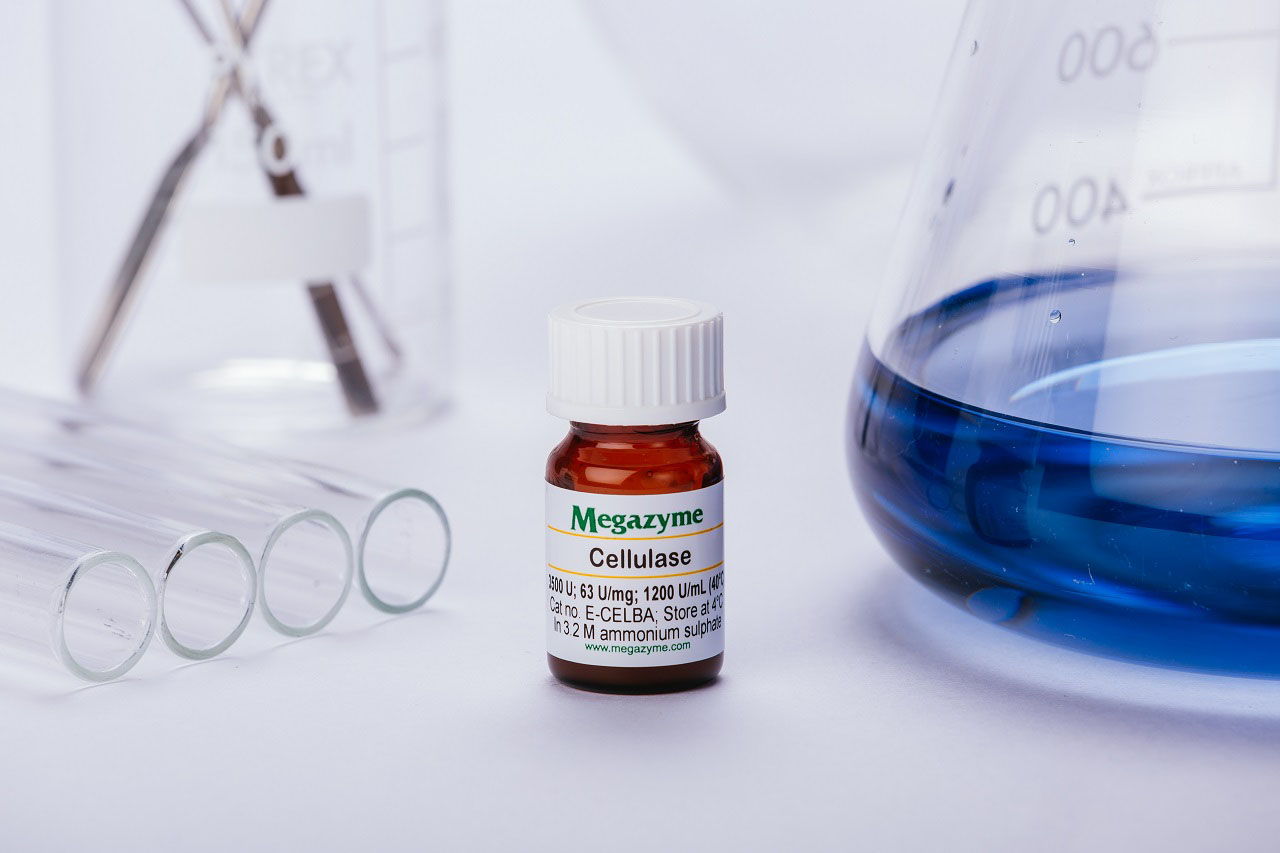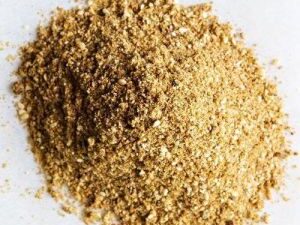Description
Endo-1,4-beta-Xylanase: Nature’s Scissors for Xylan Degradation and its Diverse Applications
Endo-1,4-beta-xylanase, often simply called xylanase, is an enzyme belonging to the glycoside hydrolase family that plays a crucial role in the breakdown of xylan, the second most abundant polysaccharide in nature after cellulose. Xylan is a major component of plant cell walls, particularly in hardwoods and agricultural residues. Consequently, xylanases are of immense importance in various industrial applications, ranging from pulp and paper processing to animal feed production.
Understanding Xylan and the Function of Xylanase
Xylan is a complex heteropolysaccharide composed primarily of a backbone of β-1,4-linked xylose units. This backbone can be substituted with various other sugars, such as arabinose, glucuronic acid, and acetyl groups, depending on the plant source. These substitutions contribute to the complexity and recalcitrance of xylan, making its degradation a challenging process.
Endo-1,4-beta-xylanase acts as a molecular scissor, specifically targeting the β-1,4-glycosidic bonds within the xylan backbone. By hydrolyzing these bonds, xylanase breaks down the long xylan polymer into smaller oligosaccharides of xylose, known as xylooligosaccharides (XOS). Unlike exo-xylanases, which act on the ends of the xylan chain, endo-xylanases cleave internal bonds, leading to a more rapid reduction in the viscosity of xylan solutions.
Sources of Xylanase
Xylanases are produced by a wide range of microorganisms, including bacteria, fungi, and yeasts. Microorganisms play a critical role in the natural degradation of plant biomass, and their ability to produce xylanases is essential for their survival. Some of the commonly used microorganisms for industrial xylanase production include:
- Bacteria: Bacillus subtilis, Bacillus licheniformis, Streptomyces species
- Fungi: Aspergillus niger, Trichoderma reesei, Penicillium species
The choice of microorganism depends on factors such as enzyme activity, stability, and production costs.
Industrial Applications of Xylanases
The ability of xylanases to break down xylan has led to their widespread use in various industries:
- Pulp and Paper Industry: One of the largest applications of xylanase is in the pulp and paper industry. Xylanase is used as a bio-bleaching agent to remove residual xylan from pulp, reducing the need for harsh chemical bleaching and minimizing environmental impact.
- Animal Feed Industry: Xylanases are added to animal feed, particularly for poultry and swine, to improve the digestibility of feed. By breaking down xylan, xylanases release nutrients trapped within the plant cell walls, leading to improved nutrient absorption and animal performance.
- Food Industry: Xylanases find applications in various food processing operations. They are used in bread making to improve dough handling, increase bread volume, and enhance crumb softness. They are also used in the clarification of fruit juices and the extraction of coffee.
- Textile Industry: Xylanases can be used in the textile industry for bio-scouring of cotton fabrics, removing impurities and improving the fabric’s absorbency and softness.
- Biofuel Production: Xylanases play a crucial role in the production of biofuels from lignocellulosic biomass. By breaking down xylan, they increase the accessibility of cellulose for enzymatic hydrolysis, leading to higher yields of fermentable sugars, which can then be converted into ethanol or other biofuels.
- Production of Xylooligosaccharides (XOS): XOS, produced by xylanase hydrolysis of xylan, are prebiotic compounds with health-promoting benefits. They selectively promote the growth of beneficial bacteria in the gut, contributing to improved gut health and overall well-being.
Challenges and Future Directions
While xylanases have found numerous applications, several challenges remain. These include:
- Enzyme Stability: Enhancing the stability of xylanases under harsh industrial conditions, such as high temperatures and extreme pH values, is crucial.
- Enzyme Activity: Improving the catalytic efficiency of xylanases to reduce enzyme dosage and processing time is an ongoing research area.
- Substrate Specificity: Tailoring xylanase specificity to target specific xylan structures for optimal performance in different applications is desirable.
Future research directions focus on:
- Enzyme Engineering: Using protein engineering techniques to improve xylanase properties, such as stability, activity, and substrate specificity.
- Metagenomics: Exploring diverse environments for novel xylanases with unique characteristics.
- Process Optimization: Optimizing fermentation and downstream processing techniques to reduce xylanase production costs.
Conclusion
Endo-1,4-beta-xylanase is a versatile enzyme with significant industrial potential. Its ability to break down xylan makes it an invaluable tool in various sectors, contributing to more sustainable and efficient processes. Ongoing research efforts aimed at improving xylanase properties and exploring new applications will further expand its role in a variety of industries and contribute to a more sustainable future.











Reviews
There are no reviews yet.